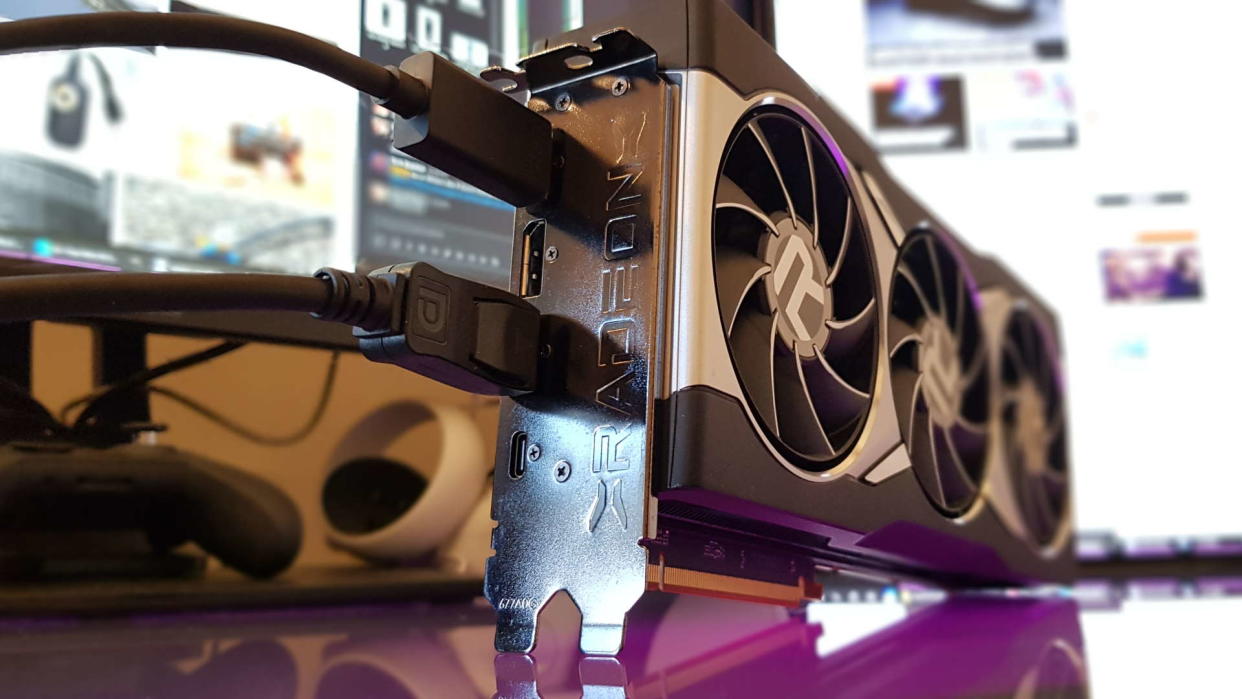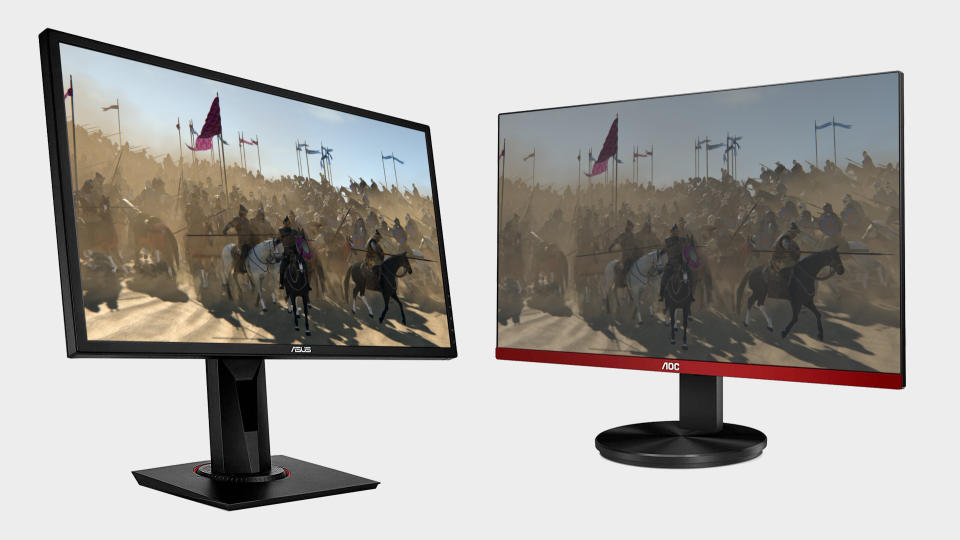The messy DisplayPort 2.1 specs mean you could be limited to a monitor cable too short to be of any use if you want to hit 4K at 240 Hz

DisplayPort is generally seen as the superior technology for transmitting images from a graphics card to a monitor, but the latest 2.1 version is causing all kinds of headaches. Poor quality or very short cables limit how useful the tech actually is, but the confusing specs don't help either.
The DisplayPort 2.1 specification was released in October 2022 and mostly consisted of the cable certifications required to fully support the UHBR10, UHBR13, and UHBR20 signalling modes—10, 13, and 20 Gbps respectively. The last one is the most significant as a four-link DisplayPort 2.1 setup, using UHBR20 signalling, can transmit a 4K frame at 240 Hz, without needing to use DSC (Display Stream Compression).
However, as reported by Monitor Unboxed (via Tom's Hardware), even if you have a graphics card and monitor that are DisplayPort 2.1 compliant, the cable between will have a far bigger say on whether or not you'll get the maximum transmission rate. VESA, the organization behind DisplayPort, will certify a cable that supports UHBR20 signalling as being DP80-compliant, where DP80 is the certification that confirms your cable can cope with the full 80 Gbps stream.
That's all well and good, but those on the market that genuinely are DP80, are barely more than one metre in length. That's fine if your monitor is right next to your gaming PC, but what if the latter is on the floor? I have all my PCs and screens on one large desk but prefer to use two metre cables, as I use monitor arms so that I can swing them out of the way when they're not being used. One metre cables just wouldn't work.
Such short lengths aren't down to VESA being picky, as the DisplayPort specification doesn't actually state length requirements, other than all DP cables under 2 metres in length must be able to support HBR2 signalling as a minimum. However, VESA's database of DP80-certified cables is full of entries all 1.2 metres or shorter.
In other words, vendors don't seem to be willing or capable of making long DP80 cables and then getting them certified at the moment. The industry is arguably benefitting from the fact that any cable can be sold as being 'DP 2.1 compatible' regardless of what UHBR mode it actually supports, and I should imagine some folks have bought a long, expensive DisplayPort cable and found that they can't run at the resolutions and refresh rates they expected.
Unfortunately, when you connect a monitor to a graphics card, via a DisplayPort socket, the device automatically negotiates what signalling mode to use and will always go with the best system that the device supports—but without any idea as to whether the cable can do the same.
Not that there's much DisplayPort 2.1 capable hardware on the market, anyway. AMD's Radeon RX 7000-series and Intel's Alchemist Arc cards are, but only to UHBR13 (i.e. DP54 cables) and UHBR10 (DP40) respectively. Nvidia's current RTX 40-series still uses DP1.4a which has been around since dinosaurs were playing Pong.
And when it comes to DP2.1 monitors, it's very thin on the ground. Gigabyte's Aorus FO32U2P is a 4K 240 Hz OLED gaming monitor that has a DP2.1 socket with UHBR20 signalling (the 'standard' Aorus FO32U2 we recently reviewed is DP1.4a) but you won't be able to use that mode, as no graphics card currently offers that transmission rate.
Screen queens

Best gaming monitor: Pixel-perfect panels for your PC.
Best high refresh rate monitor: Screaming quick.
Best 4K monitor for gaming: When only high-res will do.
Best 4K TV for gaming: Big-screen 4K gaming.
Your only choice is to pair it with a Radeon RX 7900 XTX graphics card, for example, get the best DP80 cable you can afford, and run it all in UHBR13 (DP54) mode. Fortunately, that's good enough to cope with 4K at 240 Hz (SDR or HDR) when using DSC, and few users will notice the use of compression.
But then you're still at the mercy of finding a good enough DisplayPort v2.1 DP80 cable that's long enough for your needs. There are some listed as DP80 that are three metres, which sounds great on paper, but without having tested those specific ones I couldn't tell you that they would definitely deliver the goods and, according to VESA's database, they definitely haven't been genuinely certified.
I had to go through four different brands of two metre DP1.4a cables just for 4K at 144 Hz before I found one that didn't cause the monitor's screen to constantly flicker or go blank for a few seconds. That doesn't feel with much confidence that it's a different situation for DP80 cables.
If the display industry wants PC gamers to thoroughly jump onto the DP 2.1 bandwagon, it needs to tighten up things, especially regarding cable lengths, speed ratings and certifications. Until it does, 4K 240 Hz monitors might need to carry a warning sticker that says: 'You might get 240 Hz but who really knows.'

